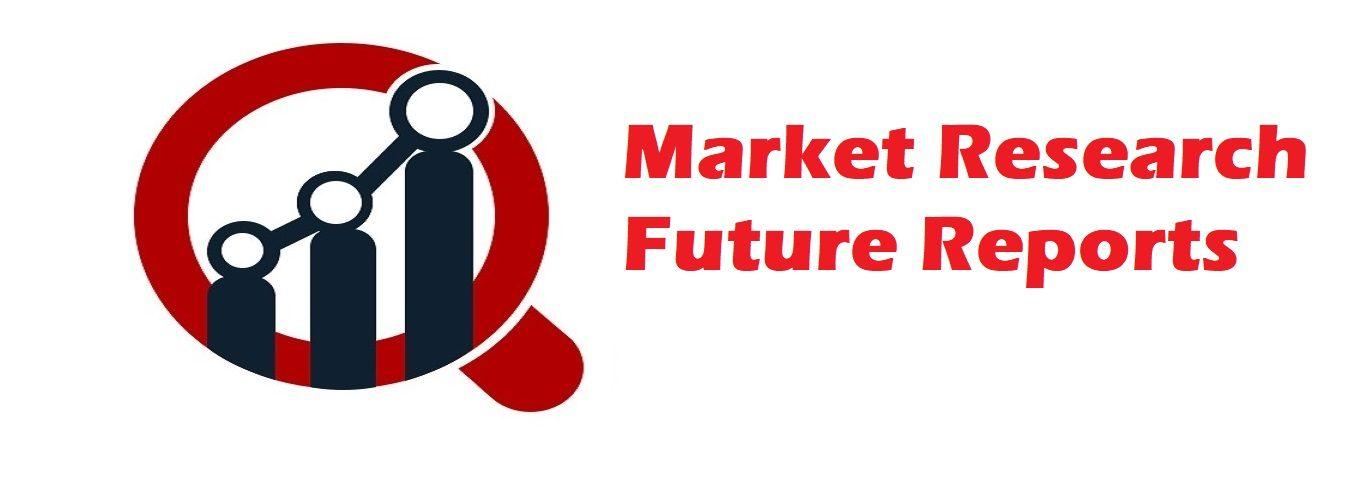In the ever-evolving landscape of healthcare, respiratory inhalers stand as a cornerstone in managing respiratory conditions such as asthma, chronic obstructive pulmonary disease (COPD), and others. Understanding the dynamics of the respiratory inhalers market is crucial for stakeholders ranging from pharmaceutical companies to healthcare providers. Let's delve into the Respiratory Inhalers Market Size, Share, Analysis, and Trends to grasp the pulse of this vital segment of the healthcare industry.
Respiratory Inhalers Market Size:
The respiratory inhalers market has witnessed remarkable growth in recent years, fueled by the rising prevalence of respiratory disorders globally. According to recent market research, the global respiratory inhalers market size is projected to reach 42.3 Billion by 2032 with a steady CAGR during the forecast period. Factors such as increasing pollution levels, the growing geriatric population, and lifestyle changes contribute significantly to the expansion of this market.
Respiratory Inhalers Market Share:
In the competitive landscape of respiratory inhalers, several key players vie for market dominance. Companies such as [insert companies] hold significant market share owing to their extensive product portfolios, strategic collaborations, and continuous innovation. Moreover, the Respiratory Inhalers market share is also influenced by factors such as regulatory approvals, distribution networks, and brand recognition. As the demand for effective respiratory management solutions continues to rise, capturing and maintaining market share becomes paramount for companies operating in this space.
Respiratory Inhalers Market Analysis:
A comprehensive analysis of the respiratory inhalers market reveals various insights crucial for stakeholders. Market segmentation based on product type, technology, application, and end-user provides a detailed understanding of the market dynamics. Dry powder inhalers (DPIs), metered-dose inhalers (MDIs), and soft mist inhalers (SMIs) are among the widely used types of respiratory inhalers. Moreover, advancements in technology have led to the development of smart inhalers, offering features such as dose tracking, reminders, and data connectivity, thereby enhancing patient adherence and outcomes.
Furthermore, regulatory frameworks, reimbursement policies, and healthcare infrastructure significantly impact market dynamics regionally and globally. Market analysis also encompasses factors such as pricing analysis, competitive landscape, and mergers and acquisitions, providing stakeholders with actionable insights to formulate effective strategies and stay ahead in the competitive market.
Respiratory Inhalers Market Trends:
Keeping pace with emerging trends is vital for staying relevant in the respiratory inhalers market trends shape the market landscape, including:
Shift Towards Digital Health: The integration of digital technologies in respiratory inhalers, such as smart inhalers and mobile health applications, facilitates remote monitoring, personalized care, and treatment optimization.
Focus on Patient-Centric Solutions: There is a growing emphasis on developing patient-centric respiratory inhalers that are easy to use, portable, and provide accurate dosage delivery, enhancing patient convenience and compliance.
Rising Adoption of Generic Inhalers: With the expiration of patents for branded inhalers, the market is witnessing increased adoption of generic inhalers, offering cost-effective alternatives to patients and healthcare systems.
Collaborative Research and Development: Collaboration between pharmaceutical companies, research institutions, and technology firms fosters innovation in respiratory inhalers, leading to the development of advanced drug delivery systems and novel therapies.
Expansion in Emerging Markets: Emerging economies present lucrative opportunities for market expansion, driven by growing healthcare infrastructure, rising disposable income, and increasing awareness about respiratory health.
The respiratory inhalers market is poised for significant growth, driven by technological advancements, demographic trends, and evolving healthcare needs. By staying abreast of market size, share, analysis, and trends, stakeholders can navigate this dynamic landscape and capitalize on emerging opportunities to improve respiratory care globally.
Browse Related Reports:
For More Information, Please Visit @ Market Research Future


